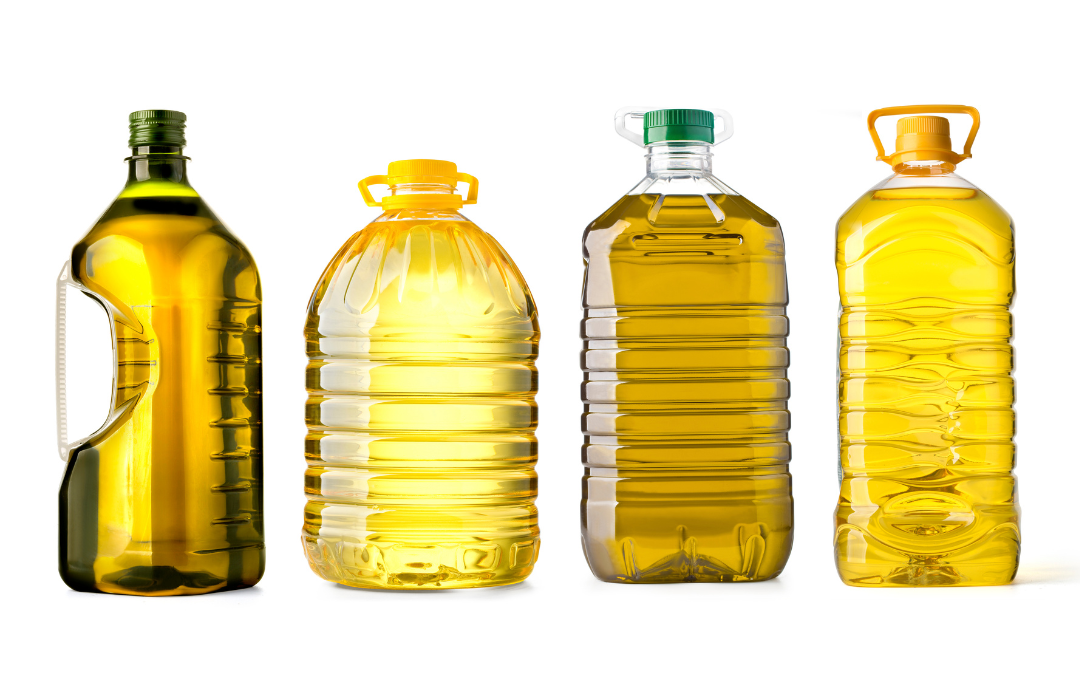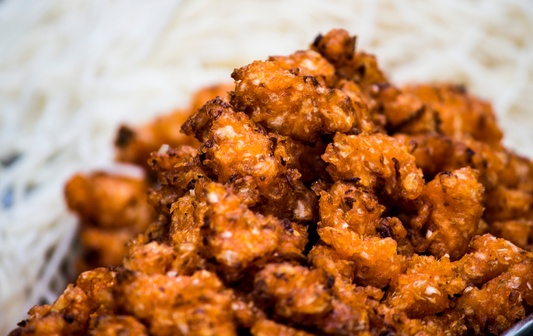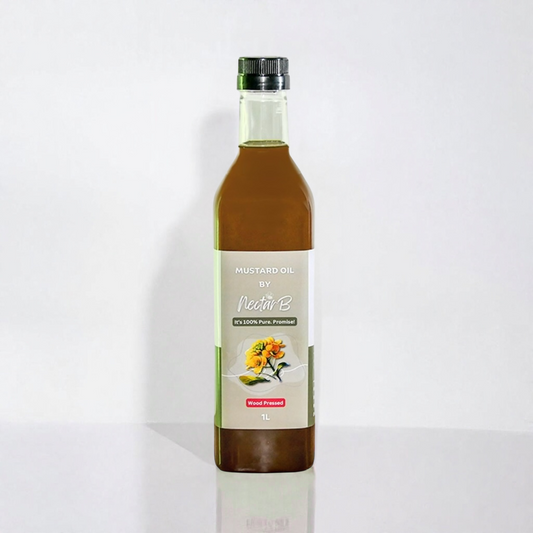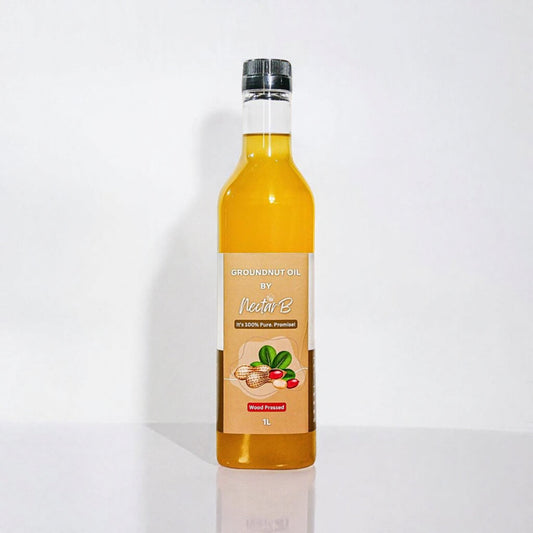
Cooking Oil Price Trends in India: An Appreciative Overview
Introduction
Overview of Cooking Oil Industry in India
The cooking oil industry in India is one of the most significant segments of the Indian food industry. With diverse types of cooking oils like sunflower, palm, and mustard oils, the market caters to varied regional and culinary preferences across the country. The industry is sustained by both domestic production and substantial imports, ensuring a steady supply to meet the growing demand.
Importance of Monitoring Price Trends
Monitoring price trends in cooking oils is crucial for both consumers and industry stakeholders. Price fluctuations can significantly impact household budgets, especially in a country where cooking oil is a staple. For businesses, understanding these trends is vital for decision making, from procurement to pricing strategies. Regular analysis helps in predicting future changes and mitigating risks.
Objective of the Article
The objective of this article is to provide a comprehensive overview of cooking oil price trends in India. It aims to delve into historical data, analyze the factors influencing prices, discuss current market trends, and explore the impact of inflation, imports, and consumer behaviors. The article also seeks to forecast future trends and potential challenges in the industry.
Historical Price Trends
Price Trends Over the Past Decade
Over the past decade, the price of cooking oils in India has shown significant variation. From steady growth periods to sudden spikes, the trends reflect the dynamic nature of the market. By examining historical data, we can better understand the cyclical pattern and predict future movements.
Key Events Impacting Prices
Several key events have impacted cooking oil prices in India, including international market trends, changes in government policies, and domestic production challenges. Notable instances include global supply chain disruptions, tariff changes, and climatic events affecting crop yields.
Comparison with Global Trends
When compared with global trends, India’s cooking oil prices show both similarities and distinctions. Factors like import dependence and global price shifts have a direct influence. However, regional issues such as local demand and production capabilities also play a crucial role in shaping the trends.
Factors Influencing Price Changes
Supply and Demand Dynamics
The basic economic principle of supply and demand significantly affects cooking oil prices. When the demand outstrips supply, prices surge, and vice versa. Factors like harvest cycles, import duties, and consumer behavior collectively influence these dynamics.
- Harvest cycles - Affect oilseed availability
- Import duties - Influence cost of imported oils
- Consumer behavior - Determines demand
Government Policies and Regulations
Government interventions through policies and regulations have a substantial impact on cooking oil prices. These may include subsidies for farmers, import-export tariffs, and quality standards. Such measures aim to stabilize prices while ensuring consumer safety and market fairness.
- Subsidies for farmers - Encourages domestic production
- Import-export tariffs - Adjusts foreign competition impacts
- Quality standards - Ensures consumer safety
Impact of Seasonal Variations
Seasonal variations directly influence the production and, consequently, the prices of cooking oils. Factors like monsoon quality, temperature fluctuations, and harvesting periods can cause supply interruptions or gluts, leading to price changes. Understanding these seasonal patterns is essential for effective price management.
Popular Types of Cooking Oils
Sunflower Oil
Sunflower oil is renowned for its light taste and high smoking point, which makes it ideal for frying and baking. It is rich in vitamin E and low in saturated fat, appealing to health-conscious consumers. The price trends of sunflower oil often reflect global production levels and import costs.
Palm Oil
Palm oil is extensively used in both household cooking and food processing industries. It is economical and has a long shelf life, making it a staple in many Indian kitchens. Price trends for palm oil are heavily influenced by international market dynamics, given India’s significant dependence on imports.
Mustard Oil
Mustard oil holds a special place in traditional Indian cuisine due to its distinct flavor and numerous health benefits. It is commonly used in northern and eastern India. The price of mustard oil is influenced by domestic production, which can be affected by regional agricultural conditions.
Recent Market Trends
Current Price Statistics
As of the recent data, cooking oil prices in India have seen a mix of stability and volatility. Factors like global economic conditions, import costs, and domestic agriculture output play pivotal roles. Keeping track of these statistics helps in understanding the present market scenario.
- Stability in domestic oil production
- Volatility due to import cost changes
- Economic conditions impacting buying power
Influences of Recent Economic Changes
Recent economic changes, such as changes in GDP growth rate, inflation, and currency fluctuation, have a direct impact on cooking oil prices. Analyzing these influences can provide insights into future price movements and market stability.
- GDP growth rate - Correlates with consumer spending
- Inflation - Affects purchasing power
- Currency fluctuation - Impacts import costs
Emerging Consumer Preferences
Consumer preferences in India are evolving towards healthier and more organic options. This shift is impacting demand patterns and, subsequently, the market prices. Oils rich in unsaturated fats and those produced organically are gaining popularity, influencing the overall pricing trends.
Impact of Inflation
Historical Impact of Inflation
Historically, inflation has had a profound impact on cooking oil prices in India. Price hikes in essential commodities often see a proportionate increase in cooking oil prices. Historical data demonstrates that inflationary periods lead to a rise in consumer costs and business operational expenses.
- Increase in commodity prices
- Cost-push inflation due to higher production costs
- Demand-pull inflation from rising consumer demand
Current Inflation Trends
The current inflation trends suggest a cautiously rising trajectory. Various economic factors, including fiscal policies and global market conditions, indicate potential volatility in cooking oil prices. Monitoring current trends can help in anticipating price movements and preparing accordingly.
Strategies for Price Stabilization
To combat the adverse effects of inflation, several strategies can be employed to stabilize cooking oil prices. These include governmental interventions, promoting domestic production, and adopting innovative agricultural technologies. Effective implementation of these strategies is crucial for sustainable price management.
- Governmental interventions - Policies to cushion price effects
- Promoting domestic production - Reduces dependency on imports
- Innovative agricultural technologies - Enhances production efficiency
Role of Import and Export
Major Import Sources
India imports a significant portion of its cooking oil requirements from countries like Indonesia, Malaysia, and Ukraine. These imports are critical to meet domestic demand, especially for oils like palm and sunflower oil. The import sources play a pivotal role in price determination.
Export Destinations
While India imports most of its cooking oils, it also exports a portion, particularly specialty oils like virgin coconut oil. Major export destinations include the Middle East, Europe, and North America. These exports can affect domestic availability and prices.
Trade Policies and Tariffs
Trade policies and tariffs significantly impact cooking oil prices. Import duties, trade agreements, and tariff regulations can either escalate or mitigate price fluctuations. Understanding these policies is essential for predicting pricing trends and ensuring market stability.
Technological Advances
Innovations in Oil Extraction
Recent innovations in oil extraction methods, such as cold pressing and solvent extraction, have led to higher yields and better quality oils. These advances help in reducing production costs and contribute to lower consumer prices while maintaining product quality.
Advances in Storage and Distribution
Technological advances in storage and distribution, including modernized infrastructure and logistics, have improved the shelf life and availability of cooking oils. These improvements help in minimizing waste and ensuring a stable supply, contributing to price stabilization.
Impact on Production Costs
The adoption of advanced technologies in oil production has a direct impact on reducing production costs. Efficient extraction and processing methods lower operational expenses, which can result in more competitive pricing for consumers while ensuring profitability for producers.
Consumer Behavior Analysis
Shifts in Consumer Preferences
There has been a noticeable shift in consumer preferences towards healthier and organic cooking oils. This change is driven by increased health awareness and a growing trend towards natural products. Such shifts significantly influence market demand and pricing strategies.
Impact of Health Trends
Health trends have a considerable impact on cooking oil consumption patterns. The increasing preference for oils with beneficial fatty acid profiles, like omega-3 and unsaturated fats, is shaping market dynamics. These trends drive demand for specific types of oils, impacting their prices.
Regional Consumption Patterns
India’s diverse culinary landscape results in varied regional consumption patterns. Northern India’s preference for mustard oil contrasts with southern India’s usage of coconut oil. These regional differences contribute to the complexity of the cooking oil market and influence local pricing trends.
Future Prospects
Predicted Price Trends
Future price trends for cooking oils in India are expected to be influenced by both domestic and international factors. Predictions indicate moderate increases, driven by rising global demand and potential supply chain disruptions. Keeping an eye on these trends is crucial for stakeholders.
Potential Market Opportunities
The evolving market presents several opportunities, including the expansion of organic and specialty oils. Growing consumer health consciousness and government incentives for sustainable agriculture offer promising prospects for diversification and growth in the cooking oil sector.
Challenges Ahead
Despite the opportunities, the cooking oil industry faces several challenges, such as fluctuating international prices, dependency on imports, and climatic impacts on agriculture. Addressing these challenges through strategic planning and innovation is vital for the industry's resilience and growth.
Edible Oils & Ghee
In addition to cooking oils, the market for edible oils and ghee is substantial in India. Ghee, a type of clarified butter, is widely used in Indian cooking and holds cultural significance. The interplay between edible oils and ghee trends can impact overall market dynamics and pricing strategies.
Conclusion
Summary of Key Points
To summarize, the cooking oil market in India is influenced by a myriad of factors including historical trends, government policies, seasonal variations, and global dynamics. Understanding these factors is essential for managing price trends and making informed decisions.
Final Thoughts on Price Trends
Price trends in cooking oils are an amalgamation of various economic, environmental, and consumer-driven factors. Consistent monitoring, adaptive strategies, and innovative solutions are necessary to navigate the complexities of this market and ensure affordability and sustainability.
Future Outlook
The future outlook for cooking oil prices in India remains cautiously optimistic. While challenges persist, the industry's potential for growth and innovation offers promising opportunities. Continued investment in technology and strategic planning will be key to maintaining stability and fostering progress.
Popular Links
Order Wood Pressed Groundnut Oil Now!














